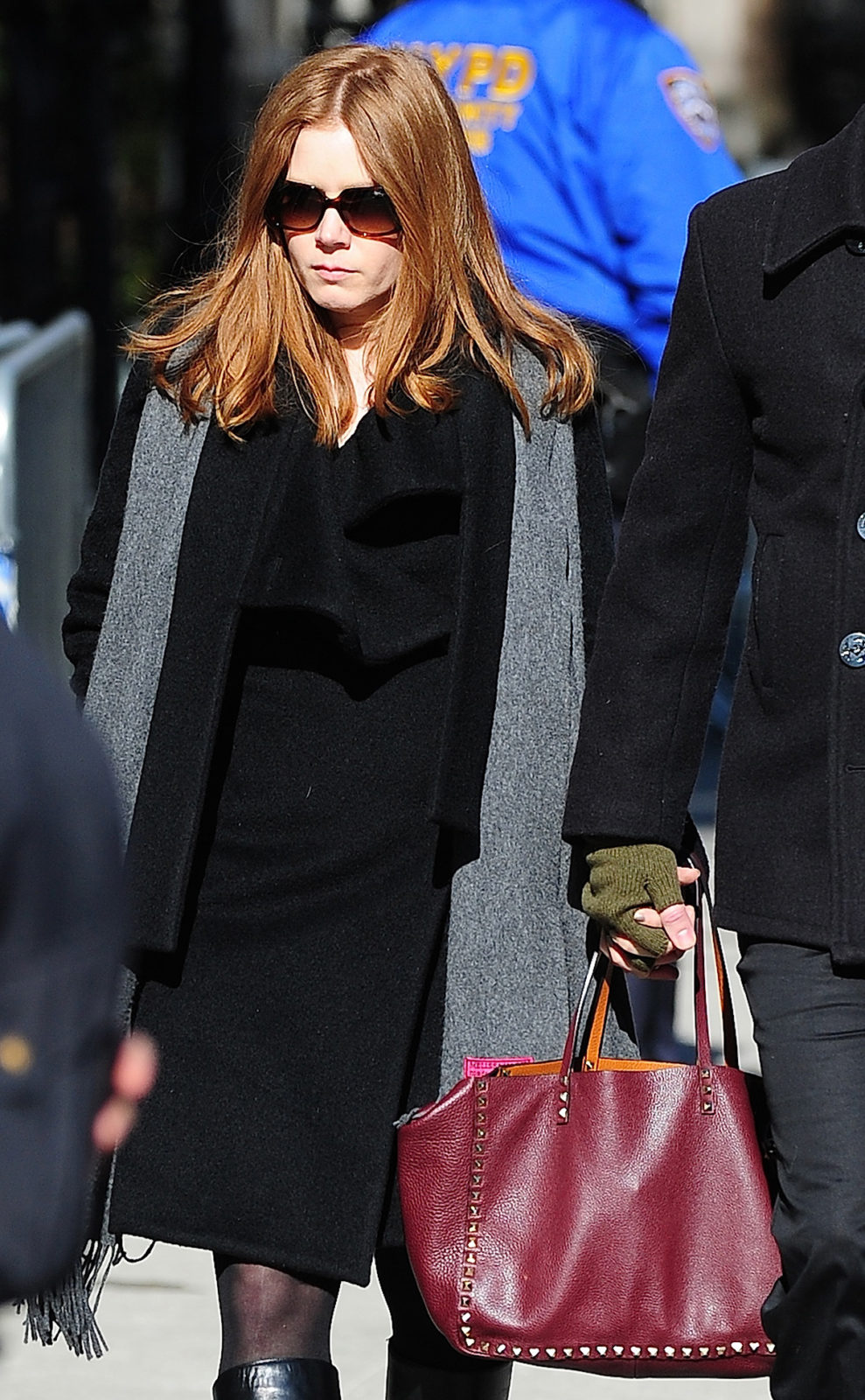Trying to Be Cool Can Lead to PR Blunders

In a social media-saturated world, companies sometimes try too hard, think too little, and fall on their faces. Last year saw a wide variety of examples of companies committing PR blunders as they tweeted, hash tagged, and self-promoted their way onto a wall of PR shame. But you can learn from their mistakes, and avoid becoming the punchline of a PR joke in 2015.
Just because it’s trending doesn’t mean you should jump on board. DiGiorno joined the ranks of “companies who make bad choices,” when someone on staff noticed that #WhyIStayed was trending, and decided to jump on it by adding, “You had pizza.” Oops. #WhyIStayed was trending following NFL reports about Ray Rice punching out his then fiancée Janay Palmer, who stood by her man. Cool move, DiGiorno. Always good to trivialize domestic violence.
Bad taste isn’t funny or clever. It’s just bad. I’m really not sure how this idea got through discussions and development to turn into a product, but Urban Outfitters took things to a new level when they created a Kent State University sweatshirt, complete with red splatters. Really? Let’s see—four people died, two were shot in the back during the protests at Kent State in 1970—sounds like sweatshirt material to me. Okay, I realize a large percentage of the Urban Outfitters’ staff weren’t even born then, but how could anyone think this was a cool idea for a sweatshirt?
Product placement is great—except when it isn’t. We all get excited when a product we promote is captured in a photo or video with a celebrity—particularly when we didn’t pay money for the product placement! So it’s easy to understand why the folks at Valentino got excited when actress Amy Adams was photographed carrying one of their pricey bags. So excited that they quickly notified fashion journalists. Only problem—she was carrying the bag on her way to Philip Seymour Hoffman’s wake. And newspapers pounced on Valentino’s callousness. Never underestimate the importance of context.
Special promotions can cause special problems. Sometimes a company wants to be one of the gang and so they hop on a trend. And although the idea of a bucket list isn’t new, it is pretty ingrained in the culture. But when Malaysia Airlines launched a bucket list promotion, inviting customers to tell the airline about the dream vacations they wanted to take before they die, it sounded like a SNL skit. With one plane vanishing en route to Beijing and another shot down over the Ukraine, tying the airline to “trips to take before I die” was at the very least insensitive.
Consider very carefully what could go wrong with your great idea for a social media campaign. It seems a lot of organizations think social media will save them—help them rebrand themselves and change any negative public perceptions. And social media can do many things. But always remember that people may not respond the way you want them to—particularly if they don’t think about your company, product or service the way you do. NYPD found this out when they asked people to use the hashtag #myNYPD to post photos of themselves with local cops. What they didn’t anticipate were the negative photos of cops and citizens not having fun together. Even in a social media world, it’s still good to ask yourself, “what could go wrong with this great idea?”
By Sara Rider

Leave a Reply